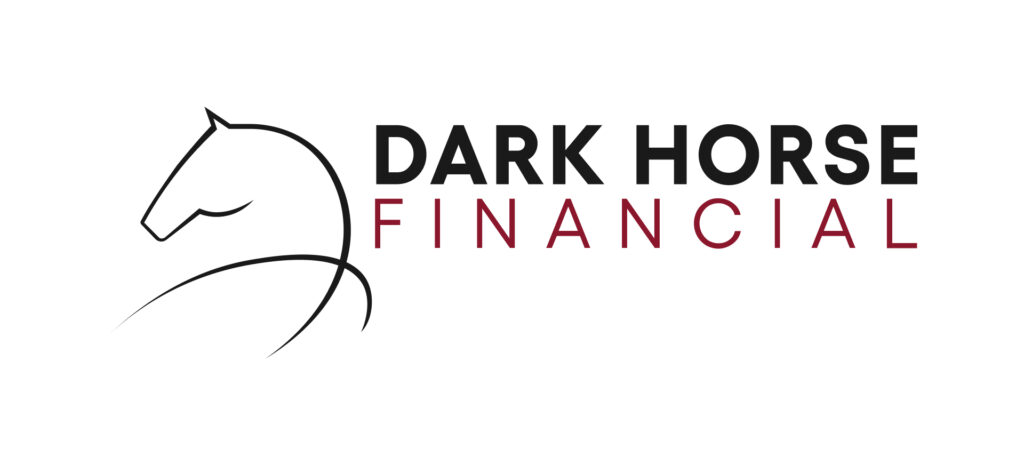Key Takeaways
- Cash flow refers to the movement of money into and out of a business. Lenders usually look at cash flow when approving business loans to gauge a business's capacity to service a loan.
- For equipment finance specifically, the importance of cash flow depends on the size of the loan. For smaller loans, lenders don't even look at cash flow, while for larger loans, lenders will definitely need to check.
- For businesses with an ABN over 24 months, loans up to $150,000 don’t require cash flow verification if the loan is for a primary asset.
- For loans between $150,000 and $500,000, lenders often assess cash flow by doing a read-only review of business bank statements to ensure a business’s liquidity and repayment capacity.
- Larger loans over $500,000 typically require financials, tax portals and an understanding of director asset and liability statements.
- For applications over $150,000, having a healthy and consistent cash flow increases the likelihood of loan approval and serviceability, especially for larger financing needs.
- Dark Horse Financial specialises in equipment financing, offering customised solutions to help businesses secure the funding they need. We can help you no matter the size of your borrowing needs.
When you apply for a loan, there are a few factors that a lender may look at to assess if you’re capable of servicing the loan. Lenders can check your credit score, business age, and your business’s cash flow, among others. For traditional loans, cash flow is an important factor for lenders, since it indicates your business’s ability to meet repayment obligations. However, for equipment finance, the importance of cash flow varies depending on the loan amount, the age of your business, and the type of asset being financed.
This article explains how cash flow impacts equipment loan approvals and the different requirements for loans of varying amounts.
What is Cash Flow?
Cash flow refers to the movement of money into and out of a business over a specific period. It represents the net amount of cash a business generates or spends during its operations. Positive cash flow indicates that a business has more cash coming in than going out, allowing it to cover expenses, invest in growth, and meet financial obligations (including loan repayments.) On the other hand, negative cash flow suggests the business may struggle to meet its obligations, which can lead to liquidity difficulties and in extreme instances insolvency.
Cash flow is often broken down into three main categories: operating cash flow, which is the cash generated from daily business activities; investing cash flow, related to buying or selling long-term assets; and financing cash flow, which involves activities such as borrowing money or repaying debt. These figures collectively help lenders evaluate a company’s ability to stay liquid and make timely payments on any loans.

The Role of Cash Flow in Equipment Loan Approval: The Basics
For lenders, cash flow indicates whether a business can comfortably service its debts. Lenders want to ensure that a business is capable of maintaining regular payments for a loan. However, do lenders look at cash flow every time? The answer is not really—at least not in the case of equipment finance. Cash flow is reviewed depending on the size of the loan.
For smaller loans under $150,000, some lenders don’t do any income verification at all. For medium-sized loans, lenders usually review cash flow through bank statements. For larger loans, that’s when lenders do a full check. Let’s take a more in-depth look:
1. Cash Flow and Loans for Assets Below $150,000
For businesses with an Australian Business Number (ABN) older than 24 months purchasing a primary asset valued at up to $150,000, cash flow is often irrelevant. This is because there are specialised financing solutions available that do not require income verification. This means that lenders will not ask for cash flow statements or bank account details when assessing loan applications for amounts below this threshold.
The loan is seen as low-risk due to the relatively smaller loan amount and the assumption that businesses with established track records can meet their obligations without the need for verification.
This type of financing is ideal for businesses that have been trading for more than 2 years, looking to acquire equipment without providing financial documentation. It’s a streamlined process that allows businesses to access the tools they need fast.
2. Cash Flow Verification for Equipment Loans Between $150,000 and $500,000
For loan amounts that fall between $150,000 and $500,000, the role of cash flow becomes more significant in the approval process. Lenders generally require a read-only view of the business’s bank statements to assess the business’s liquidity.
This approach allows lenders to evaluate the business’s ability to generate consistent revenue and maintain sufficient liquidity to meet repayment obligations. By analysing bank statements, lenders can identify patterns in income and expenses, ensuring that the business has the financial capacity to handle the loan.
3. Full Documentation and Cash Flow for Loans Over $500,000
For larger equipment loans, typically over $500,000, and in cases where businesses approach second-tier or bad credit equipment finance lenders, the assessment usually becomes more detailed. In these cases, lenders will require full documentation, including detailed cash flow statements, profit and loss statements, and balance sheets.
Documents typically requested by lenders can include the following:
- Profit and Loss Statements: These statements provide insight into whether the business is operating at a profit or loss
- Balance Sheets: A snapshot of a company’s financial position, outlining assets, liabilities, and equity. Lenders assess this to determine the overall health of the business.
- Bank Statements: Lenders may request the last 6 months of bank statements to verify the consistency of cash flow.
- Tax Portals: Lenders will often wish to see that tax obligations and outstanding tax are manageable by reviewing an applicant’s ICA (GST & PAYG) and ITA (Income Tax) portals.
For businesses with less-than-perfect credit, cash flow becomes even more important. Second-tier and bad credit lenders often charge higher interest rates to offset the increased risk. As a result, they need to be confident that the business has sufficient cash flow to meet its obligations, even if its credit history is less than ideal.

Why Is a Cash Flow Statement Important When Applying for a Loan?
A cash flow statement can indicate your business’s liquidity. In the case of equipment finance, it is beneficial for full-doc applications over $500,000 to demonstrate liquidity to make loan repayments.
A cash flow forecast can also help startup businesses applying for equipment finance to demonstrate they can make future loan repayments.
A cash flow statement can be beneficial for lenders approving larger loans because it provides a detailed breakdown of a business’s liquidity and operating efficiency. Lenders then understand how money flows into and out of a business, as this will directly impact its ability to repay any loans. A positive cash flow statement indicates that the business has enough resources to cover loan repayments, while a negative or irregular cash flow may indicate potential difficulties in making future commitments.
Tips for Improving Cash Flow to Secure Medium to Large Equipment Loans
If your business is preparing to apply for an equipment loan of $150,000 and above, it’s in your best interest to improve your cash flow to increase your chances of approval. Here are some steps you can take:
1. Optimise Accounts Receivable
Ensure that your customers pay their invoices on time by implementing clear payment terms and following up on overdue accounts. It will be appropriate for some businesses to consider offering discounts for early payments to encourage prompt settlement.
2. Manage Inventory Efficiently
Avoid tying up too much cash in inventory by optimising your stock levels. Focus on selling slow-moving items and maintaining a lean inventory that meets customer demand without overstocking.
3. Reduce Unnecessary Expenses
Review your expenses regularly and identify areas where you can cut costs. This could include renegotiating supplier contracts, reducing overheads, or eliminating non-essential spending.
4. Increase Revenue Streams
Explore opportunities to diversify your income streams and increase revenue. This could involve launching new products or services, expanding into new markets, or upselling to existing customers.
5. Maintain Accurate Financial Records
Keep your financial records up to date and accurate. This will not only help you manage your cash flow more effectively but also make it easier to provide the documentation lenders require.

Final Insights
Cash flow plays a pivotal role in equipment loan approval, particularly for larger loan amounts or businesses with less-than-perfect credit. While cash flow may be irrelevant for smaller loan applications or businesses with a proven track record, it becomes increasingly important as the loan amount grows or the risk profile of the borrower increases.
By understanding the role of cash flow in the lending process and taking steps to improve your business’s liquidity, you can enhance your chances of securing the equipment financing you need.
If you want to get an estimate of your monthly repayments to see if your cash flow can support loan payments, you can use our equipment finance calculator.
How We Can Help
Looking for loan solutions based on your cash flow can be challenging to do on your own. Our team at Dark Horse Financial can simplify the process for you. Reach out to us and tell us your borrowing needs and current situation, and we’ll match you with the right lending solution. We’ll help you get the best rates and terms too.





